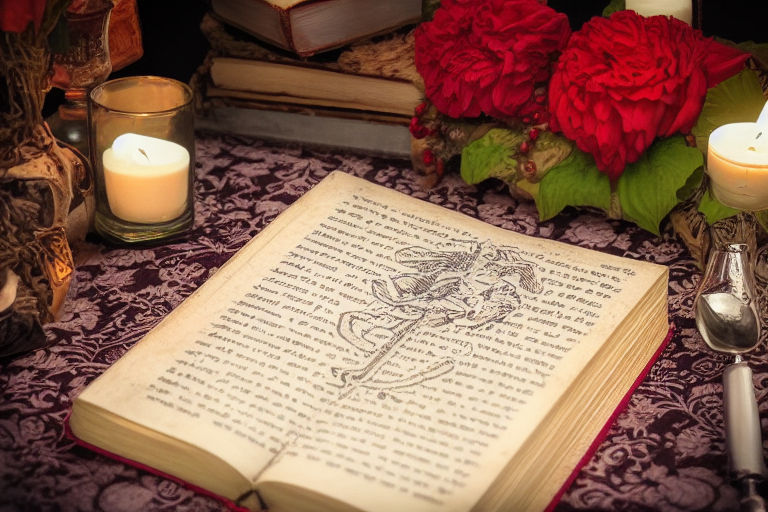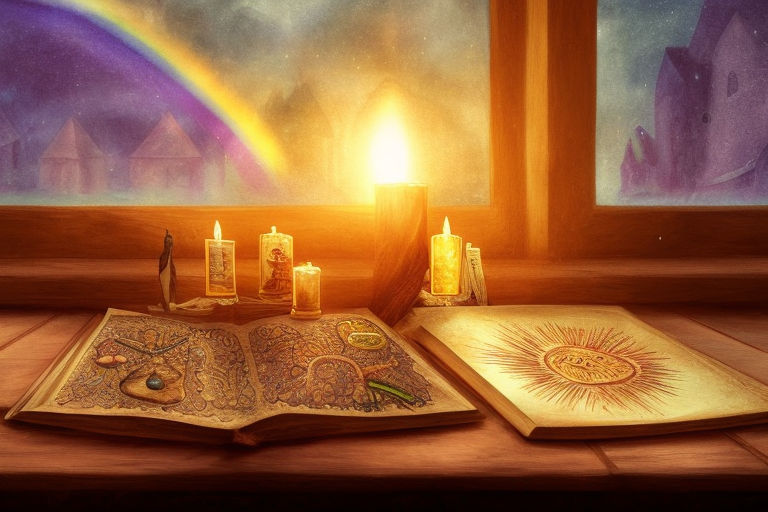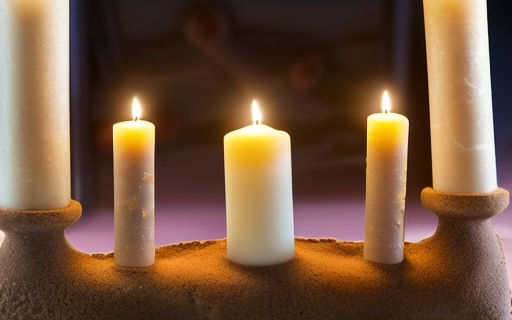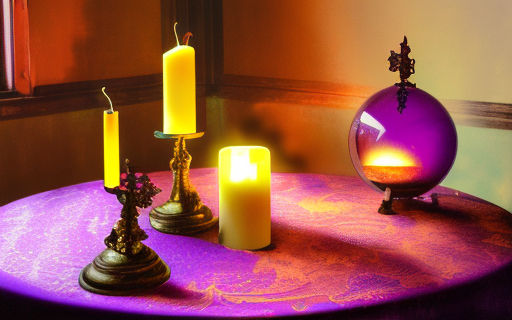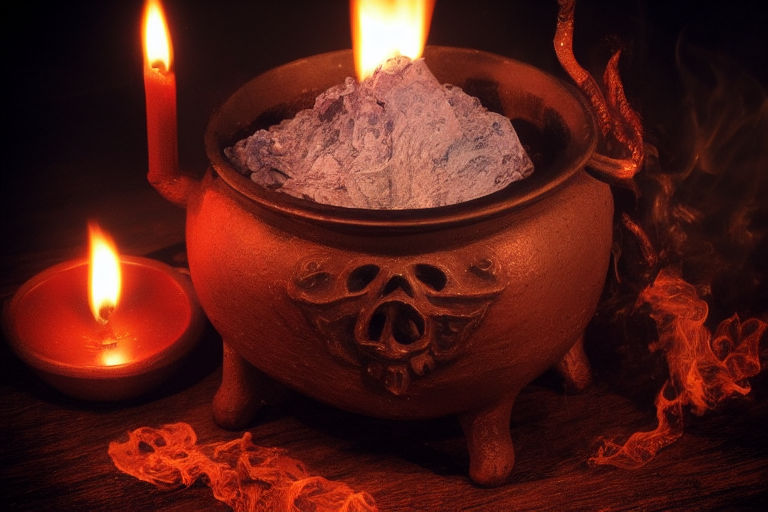Which Holidays Are Pagan and Why?
While there are many differences between pagan and Christian holidays, there is some overlap. Some pagan holidays are purely modern, while others are ancient. Samhain is a traditional time for meditating on the deceased. Christmas, on the other hand, is a time when we celebrate nature spirituality. Listed below are the differences between the pagan and Christian holidays. And keep reading to learn more about the differences!

Mistletoe is a symbol of paganism
The mistletoe plant grows in the wild on a variety of trees. Historically, it was a symbol of love and fertility. It was also believed to cure various ailments and ward off evil spirits. In paganism, the plant was a symbol of fertility and was used to make wishes. Even today, it is often hung to wish friends and family good luck and ward off evil spirits.
According to pagan studies, mistletoe was a symbol of fertility and protection from fairies, witches, and thunder. The church discouraged the use of mistletoe and its related holly tree, which has red berries and needle-like leaves. Mistletoe has numerous pagan associations, and it is therefore illegal to use it in church.
The mistletoe plant was revered by the Druids, and branches of the tree were distributed among their followers. Mistletoe was used to bless homes, and was also hung over doors to protect against evil spirits. In addition, enemies who met under a mistletoe tree would lay down their weapons. Mistletoe was later regarded as a symbol of Christ and has healing powers.
The mistletoe plant has numerous paganic connections. The Druids believed the mistletoe’s berries represented the sperm of the gods. Because they contain a semen-like substance, it was also used in magic. In Norse mythology, mistletoe is considered to be a symbol of fertility, immortality, and love.
Samhain is a time to meditate on loved ones who have passed away
If you have lost a loved one, Samhain is an excellent time to honor them with a ritual or candlelight vigil. At this time of year, the veil between the physical world and the spiritual world is thin, allowing us to communicate with the spirits. We can also do this by using Tarot cards, paint, or a spirit board to talk to our departed loved ones.
Although Samhain is traditionally associated with death, it is not necessarily morbid in nature. This ancient Celtic holiday connects with Nature’s cycles, and coincides with the end of the growing season. Killing frosts signal the end of the growing season and symbolize death in the air. Those who participate in Samhain rituals should consider their departed loved ones in their own way, and reflect on them on this day.
Other names for Samhain include Calan Gaeaf (Celtic Wicca), Calan Gwaf (Druid), Kala-Goanv, and Nos Galan Gaeof. During the Middle Ages, Samhain was also known as the Festival of the Dead. Despite its sombre nature, Samhain is a powerful time to deal with death. As the veil between the worlds becomes thinner, the spirits of the dead are able to meet and rejoin with their loved ones.
Winter solstice is a time to celebrate nature spirituality
Celebrate nature’s seasonal cycles with rituals and practices. The Winter Solstice, December 22, falls in winter, and is a great time for meditating, introspection, and intention-setting. The traditional rituals involve setting intentions to welcome positivity for the coming year. Meditations during this time can help cleanse the mind of negativity and fill it with light.
One of the most iconic aspects of winter solstice is the yule altar. This festive altar is lit to celebrate the rebirth of the sun and the return of the light. Candles should be golden, silver, or yellow to represent the sun, moon, and stars, and pinecones, evergreen boughs, and yule log are all suitable for this type of altar. A ritual for this holiday can include sage or other herbs that cleanse the altar.
Burning paper is a good way to let go of attachment to the past and to manifest new opportunities and accomplishments. Spending time at your personal altar is also a great way to honor this holiday. It can be inside through meditation or outside in the form of a physical altar. It is a perfect time to make love wishes and reflect on the natural world and the seasons. This time of year is a great time to create a personal altar, so make the most of this holiday by creating one.
Celebrate the Winter Solstice by celebrating nature’s seasonal cycles. You can learn more about this ancient tradition by visiting the website www.winter-solstice.com/. You can also find rituals and activities that celebrate nature’s seasonal changes. It is important to remember that the Winter Solstice is a sacred time for nature-based religions. Traditionally, this event marks the first day of winter.
Christmas is a pagan holiday
Many people wonder if Christmas is a pagan holiday. This question is not entirely unfounded, since some elements of Christmas harken back to pagan practices. Christmas carols and decorations, as well as the gathering of people to exchange gifts, all had pagan roots. Indeed, many of these traditions predate Christianity by centuries. While there is little evidence to suggest that Christians borrowed pagan practices, Christmas traditions have a long history.
While scholars disagree on when Jesus was born, many believe that he was born on December 25, which coincides with the Saturnalia festival. The celebration was first celebrated in Egypt in 432 and had reached England by the sixth century. The word pagan means “field” in Latin, and the Romans celebrated Saturnalia in December, which was a pagan festival dedicated to the agriculture god Saturn. Today, Christmas celebrations are widely celebrated throughout the world.
In addition to the advent of Christianity, Christmas traditions are rooted in pagan customs. For instance, the Christmas tree was originally a pagan holiday. The Germans observed a pagan practice at the end of December by abstaining from traveling outdoors. The Germans believed that Odin would fly in the skies at night and watch them, blessing or cursing them. Despite the pagan origins of Christmas, these practices do not explain why it’s celebrated today.
Valentine’s Day is a Christian holiday
The legend behind the date of Valentine’s Day is that a priest named St. Valentine performed secret marriages and was imprisoned for it. During his imprisonment, he wrote a letter to the woman he loved and signed it “From your Valentine.” The details of the story have been lost to history, but the name of the saint is believed to be from the third century, when the Roman Emperor Claudius II banned marriage for young men. Claudius II feared that single soldiers were better equipped for battle and were distracted by their families.
It is believed that Saint Valentine, a priest who fought for the Christian faith, died during the third century. The holiday has been associated with love since then and is connected to spring. It is also associated with the pagan festival of Lupercalia, which is celebrated in February and centered on fertility. The tradition of writing valentines dates back to the 14th century, when Chaucer wrote about it.
According to Christian tradition, Valentine was a priest who served in Rome during the third century. The Emperor Claudius II had forbidden young men to marry, but Valentine continued to perform marriages for young lovers in secret. Eventually, Claudius ordered that Valentine be killed. Another Valentine, called Saint Valentine of Terni, became a bishop and was executed by Claudius II. And, as a Christian holiday, Valentine is very special to Christians.
Purim is a Jewish holiday
The story behind Purim is both ancient and modern. The Book of Esther is an ancient Jewish story, and the Persian empire based its holiday around the same story. It began as a beauty pageant, and the Jewish girl Esther was chosen by the king. She kept her identity secret, but her appearance was enough for him to recognize her Jewish heritage. Today, Purim is celebrated by Jewish and non-Jewish people alike.
This story has no basis in Jewish history and, in fact, was forbidden by the priests. Although the story is secular, it is not far from the truth. It also doesn’t mention God, so the Jewish people were able to survive largely on their own. While some scholars argue that the story is not Biblical, it was eventually reversed by popular pressure, and Purim has become a minor Jewish holiday that is very similar to Chanukah.
A tradition that has survived from ancient times is that of performing in public during Purim. In addition, people dressed up as different characters in the Purim story. While this was once regarded as a pagan tradition, modern costumes are based on more traditional ideas. In addition to costumes, Jews often attend Megillah readings in costumes that represent a wide variety of characters. In fact, many synagogues stage plays about the story of Purim. They even put on plays called shpiels, which play off the villain in the story.


